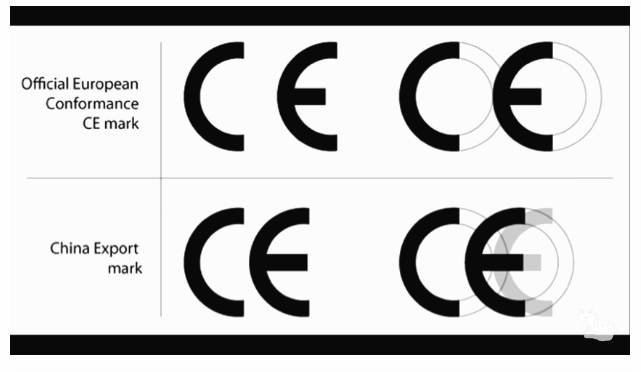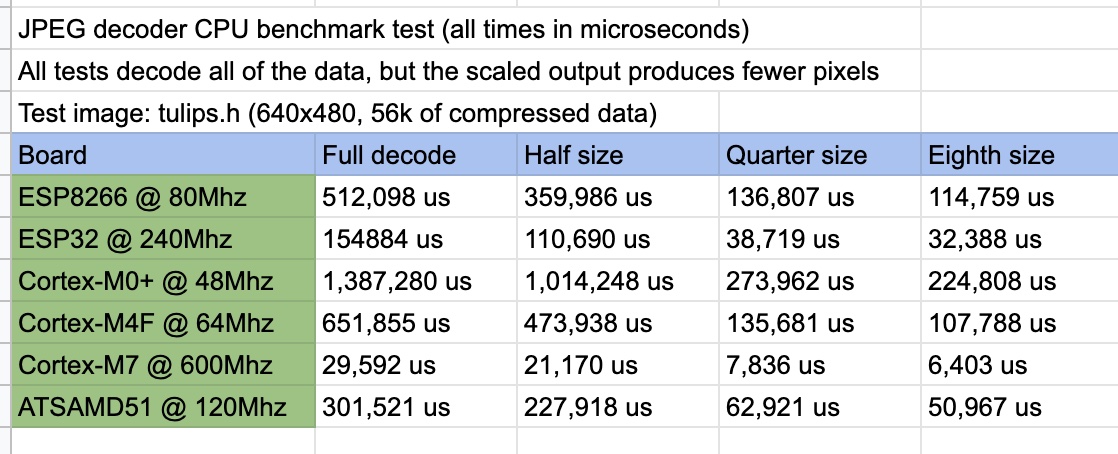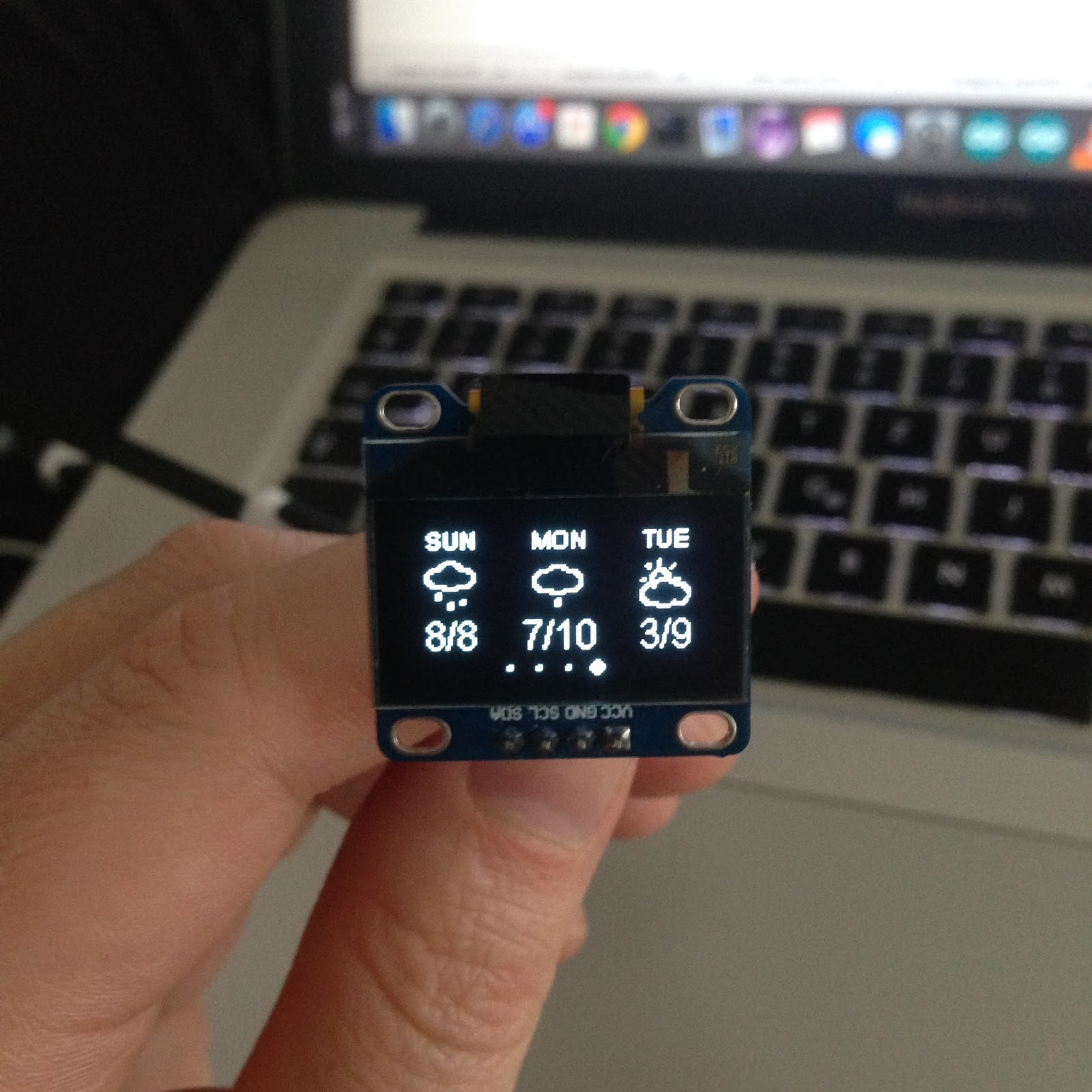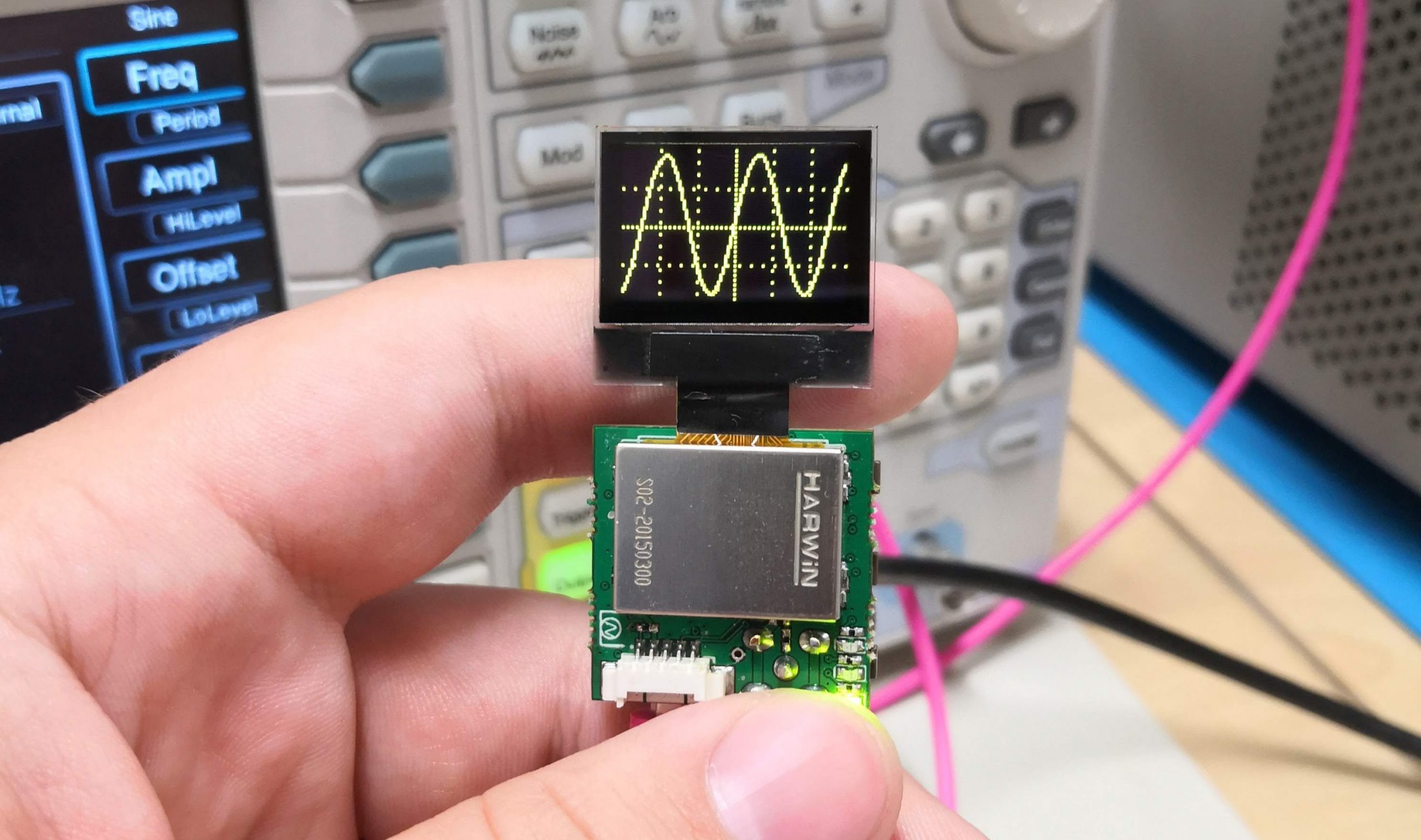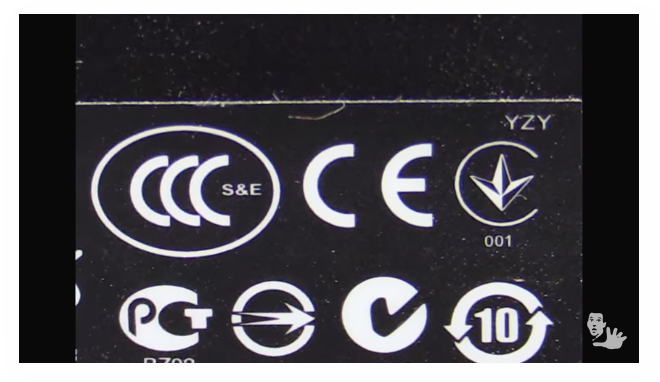
When you flip any electronic device (your TV screen, laptop, power supply, computer mouse, …etc) you will see lots of marks. These marks are conformity marking for certain quality and technical standards such as: CE, FCC and UL. Today we are going to investigate more about the CE mark.
What is CE?
CE is a mandatory conformity marking for certain products sold within the EU and Turkish market. The mark means that the manufacturer declares that the product meets the requirements of EU products rules. As the formal documents say, this mark is a key indicator but not a proof of a product’s compliance with EU legislation and it enables the free movement of products within the EEA and Turkish market.
How to get CE certificate?
It can be self-certified by a manufacturer by following some directives according to the type of your product. For example, if your product is designed to be used with a voltage rating of between 50 and 1000 V for alternating current (A.C.) and between 75 and 1500 V for direct current (D.C.), then you must meet the Low Voltage Directive.
Every Directive has a number of requirements that the product needs to meet. However, The manufacture should prepare the Declaration of Conformity which is a document states that the product meets the requirements of the directive(s) which apply to it. More steps are required to self-certificate your product. To know more about the full procedure refer to this Wikipedia article. Another option is to pay for a third party certification body to do all the process for you.
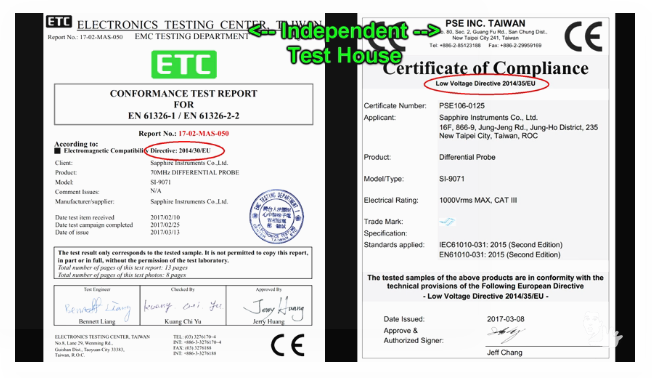
Dаvid Jones, EEVBlog, did a short video with lots of important notes about the CE mark that worth watching. He also mentioned how some manufactures use Chinese Export mark instead of original CE mark to deceive consumers.





